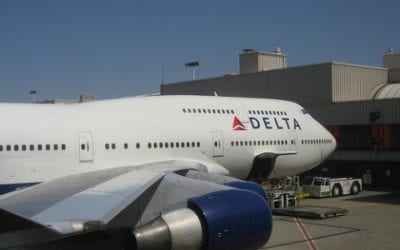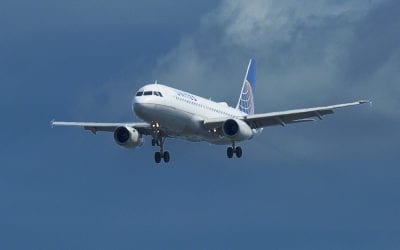At last week’s Senate Judiciary Committee hearing regarding the pending merger of United Airlines with Continental Airlines, Glenn Tilton, CEO of United Airlines made an impassioned and animated presentation arguing that his airline and Continental are fundamentally different creatures than low cost carriers.
His point is a strong argument against further consolidation of network carriers.
Mr. Tilton argued that this situation could be best exemplified in the Milwaukee market where United competes with Southwest, AirTran and Frontier. There, the three low cost carriers compete for a different passenger than United. They are looking for the point-to-point passengers. United is angling for the connecting passenger through their Chicago hub, be it to another smaller spoke city or to an international destination.
In other words, Tilton doesn’t see United competing with low cost carriers on their published routes. He competes with them where they don’t fly — to smaller cities and internationally. The magic word in Tilton’s lexicon is “connecting.” Therefore, United and Continental have fundamentally different businesses than the low cost carriers.
My jaw dropped. With that line of reasoning, all of the United/Continental talk about price discipline being exerted on the major hub-and-spoke airlines by the low cost airlines goes out the proverbial window.
The cat it out of the bag. With different business models, there really isn’t all that much direct competition, though it looks that way.
The chart at the top of this post tells an important story. The combined Continental/United airline would serve 108 small communities, while the four largest low cost carriers combined, only serve 21 small communities.
This is where airline competition will fail should this merger be approved. It is this small community service that suffers, especially when both Continental and Unites serve the same small cities and towns.
Effectively, there is no competition from low cost carriers on these routes.
The other area where the competition model fails is when considering international flights. With the DOT-approved development of three major international alliances, competition across the Atlantic has been damaged. If that closed system is combined with a Continental/United merger, where the connecting flights are subsidized by the international revenues, competition is again thwarted.
We are reaching a tipping point in terms of competition for small communities and for international destinations. While it is true that low cost carriers can provide cost pressures on routes where they directly compete, connecting traffic is not similarly constrained.
The Department of Justice (DOJ) should take a close look at the realities of true competition before blithely accepting Continental and United arguments that low cost carriers provide plenty of pricing pressure.
Even United Airlines’ CEO admits that he sees the world differently in Milwaukee than he sees it in Chicago, San Francisco, New York or Houston. DOJ should listen.

Charlie Leocha is the President of Travelers United. He has been working in Washington, DC, for the past 14 years with Congress, the Department of Transportation, and industry stakeholders on travel issues. He was the first consumer representative to the Advisory Committee for Aviation Consumer Protections appointed by the Secretary of Transportation from 2012 through 2018.




